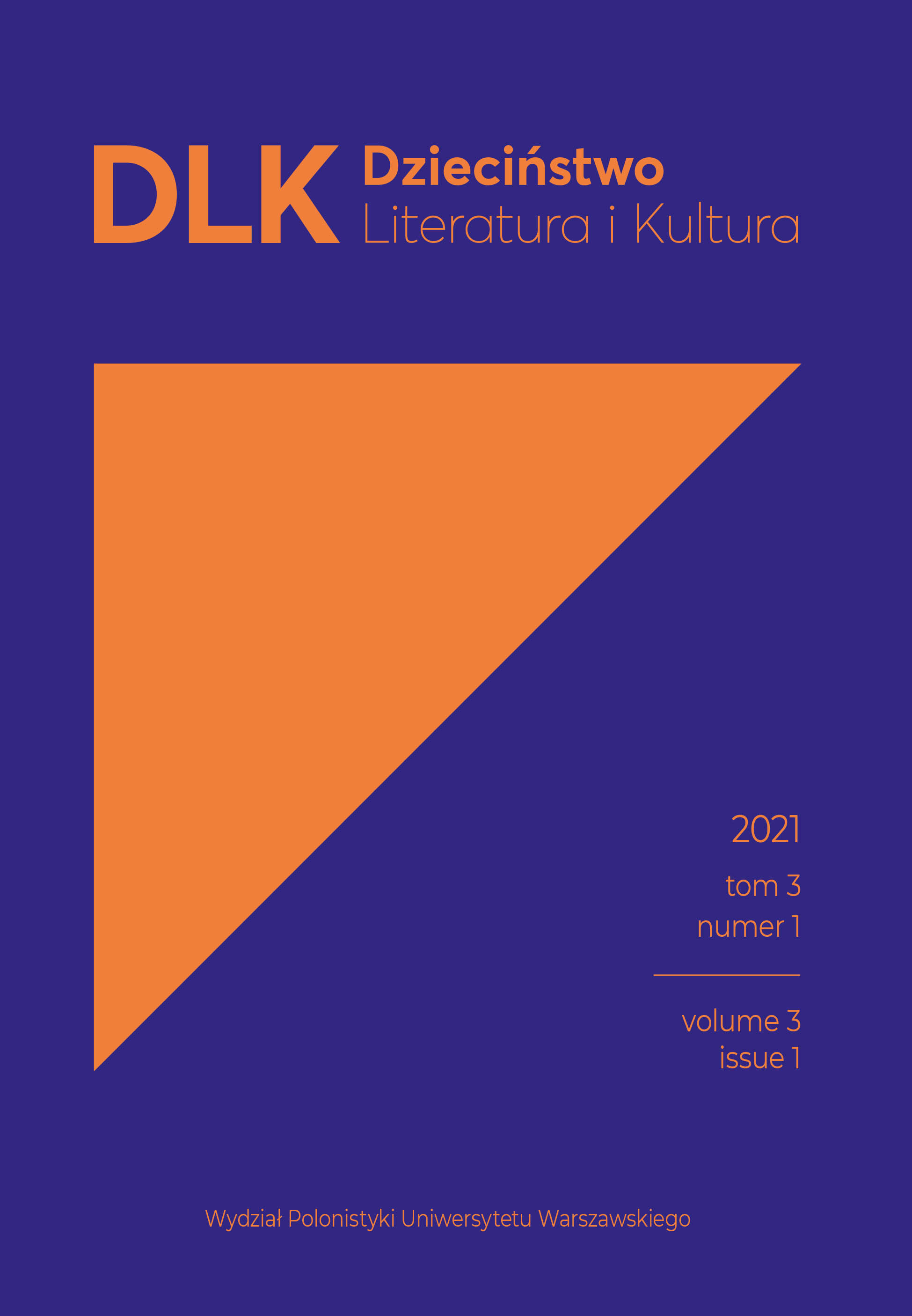Bolek i Lolek na „Dzikim Zachodzie”. Była warszawska dzielnica zachodnia w tekstach kultury dla dzieci i młodzieży okresu małej stabilizacji
Bolek and Lolek in the ‘Wild West’: Former West District of Warsaw in Children’s and Young Adult Cultural Texts in the Years 1958–1969
Author(s): Igor PiotrowskiSubject(s): History, Language and Literature Studies, Studies of Literature, Local History / Microhistory, Recent History (1900 till today), Polish Literature, Post-War period (1950 - 1989)
Published by: Wydział Polonistyki Uniwersytetu Warszawskiego
Keywords: Edmund Niziurski; ruins; Irena Jurgielewiczowa; children’s and young adult culture; 1950s–1960s in Poland; rebuilding of Warsaw; Stanisław Jędryka; Warsaw ‘Wild West’; Wiktor Woroszylski
Summary/Abstract: The so-called ‘Wild West’ in Warsaw, the vast area between Śródmieście, Muranów, and Wola districts, had long remained ruined, neglected, unstructured. Relatively close to the City Centre, visually dominated by the Palace of Culture and Science (which created tensions between old and new urbanities and between prewar and postwar realities), an unusual sanctuary for ruins, prewar buildings, workshops, and tenement houses persisted. This has been problematic for the authorities of the Polish People’s Republic, making this area of the city the place of taboo and shame, but at the same time – a perfect scenography for juvenile adventure fiction. In this article, the author analyses the images of the ‘Wild West’ in the works of famous Polish authors: Edmund Niziurski (Lalu Koncewicz, broda i miłość [Lalu Koncewicz, the Beard, and Love], 1958), Wiktor Woroszylski (I ty zostaniesz Indianinem[You Can be an Indian Too], 1960), and Irena Jurgielewiczowa (Niespokojne godziny [Restless Hours], 1964), as well as in Do przerwy 0:1 [0:1 Until the Break], a TV series by Stanisław Jędryka (1969). As a context to this topographical study, he uses, inter alia, writings of Miron Białoszewski, an admirer and sensitive observer of this part of the city, and the documentary of Danuta Halladin, Moja ulica [My Street] (1965), about children living on one of the streets of the district.
Journal: Dzieciństwo. Literatura i Kultura
- Issue Year: 3/2021
- Issue No: 1
- Page Range: 97-109
- Page Count: 13
- Language: Polish

